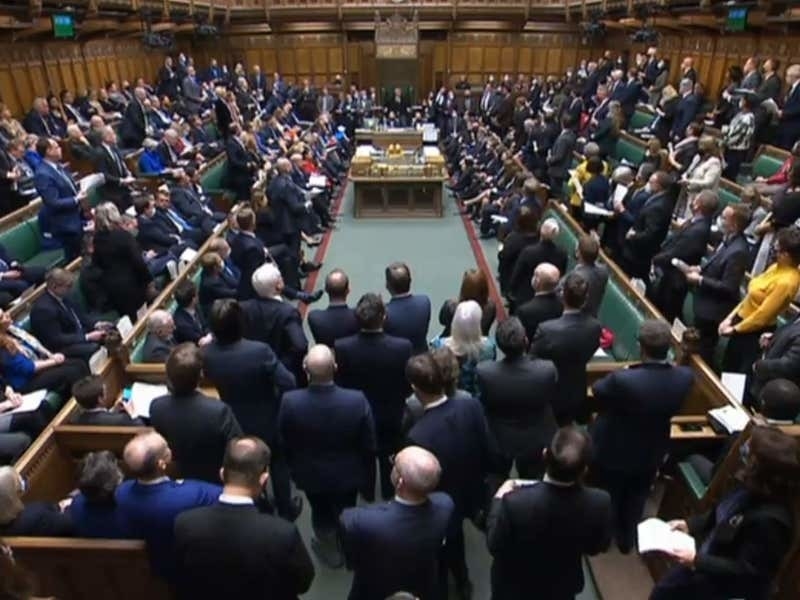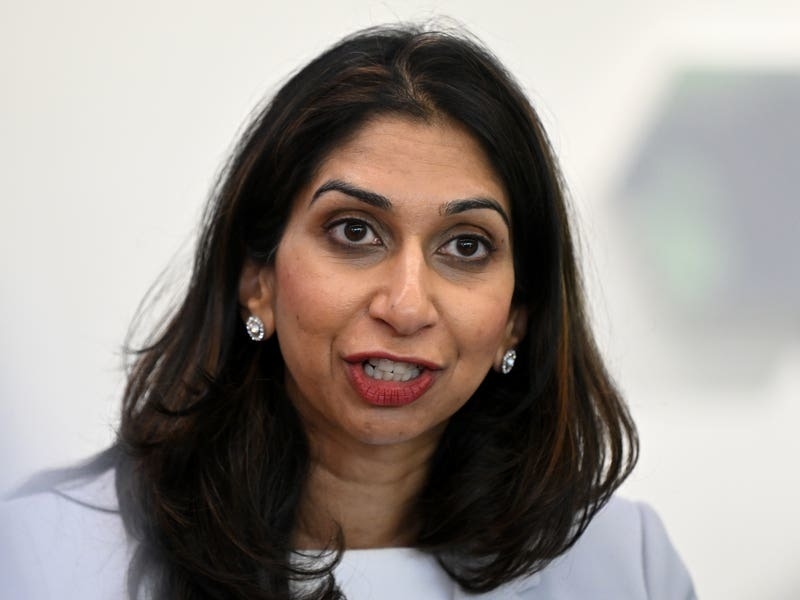Ahead of International Women’s Day on March 8, here is a snapshot of the latest statistics showing how women are represented in various institutions, organisations and occupations in the UK.
– Population
Women made up 50.6% of the UK population in mid-2020, according to the latest available estimates from the Office for National Statistics.
This is broadly unchanged on the last few years, but is down from 50.9% in 2010 and 51.3% in 2000. Between 1971 and 1999 the figure averaged 51.4%.
– MPs
There are currently 225 women MPs in the House of Commons – a record number, but only 35% of the total.
Some 220 female MPs were elected at the most recent general election in 2019, up from 208 at the 2017 election and 191 in 2015. In 1922 – 100 years ago – the UK had just two women MPs.
By contrast, 45% of members of the current Scottish Parliament are women, along with 43% of the Welsh Parliament and 36% of the Northern Ireland Assembly.
– House of Lords
Of the 766 current members of the House of Lords, 220 are women (29%).
Women were only admitted to the Lords in 1958, 40 years after they had first been allowed to stand for the House of Commons. The proportion has risen slowly in recent years, up from 24% in 2015.
– Cabinet
There are currently 23 full Cabinet posts in the UK Government, six of them filled by women (26%).
When Prime Minister Boris Johnson formed his first Cabinet in July 2019, seven of the 23 posts (30%) were given to women.
The proportion was higher in Theresa May’s first Cabinet (36%), but by the time she left office the figure had dropped to 22%.

Women continue to make up more than half of all positions in the UK civil service, based on head count.
The latest figure is 54%, according to the Cabinet Office – broadly unchanged on 53% at the start of the last decade.
– Court judges
Women have made up an increasing proportion of court judges in England and Wales since the beginning of this century, according to statistics published by the Ministry of Justice and the Judicial Office.
In 2001 the figure stood at 14%. By 2011 it was 22%. The latest figure, for 2021, is 34%.
– Police officers
Nearly a third (32%) of police officers in England and Wales are female, according to the latest figures from the Home Office.
This is up from just over a quarter (26%) a decade earlier.
– Regular armed forces
Until 2016, women were banned from serving in close-combat roles in the UK armed forces, meaning they were excluded from groups such as the Household Cavalry and Royal Armoured Corps, the Infantry and Royal Air Force Regiment.
The Royal Armoured Corps were the first to allow women to serve in certain roles from November 2016.
As of 2021, 11% of all regular armed forces personnel were women, up from 10% in 2011 and 8% in 2001, according to the Ministry of Defence.
– Driving licence holders
Just under half (46%) of all valid driving licences in Great Britain are currently held by women, according to the Driver and Vehicle Licensing Agency. This is broadly unchanged from a decade ago (45%).
– BBC
Nearly half (49%) of all BBC staff are women, according to the corporation’s 2020/21 annual report. This is unchanged from the equivalent figure a decade earlier, for 2010/11.
The proportion of women in senior roles at the BBC has increased over the same period, from 36% to 46%.






